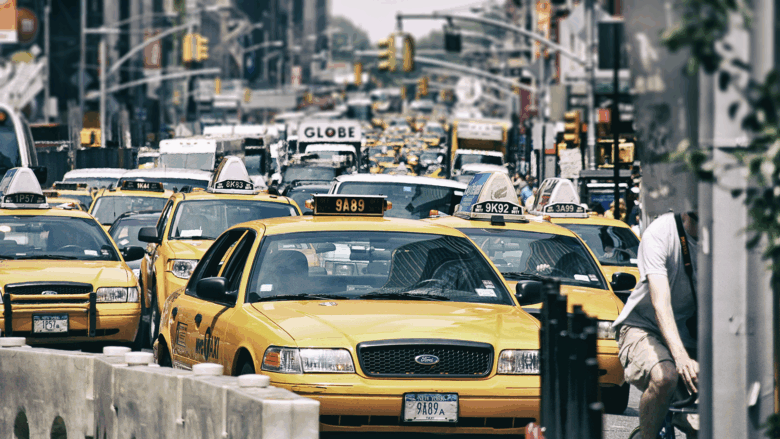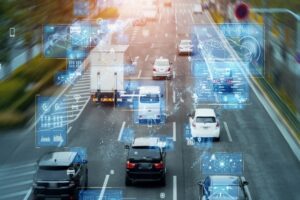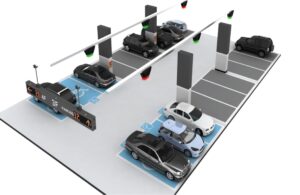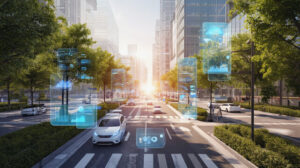Urban transportation is facing a critical juncture. Parking spaces are scarce, and taxi services cannot meet the growing demand. Enter autonomous vehicles—specifically self-driving taxis—promising to revolutionize how we navigate our cities. These driverless cars could revolutionize urban mobility and offer a glimpse of a future in which transportation is more accessible, efficient, safer, and affordable for all. Are we ready to make this leap in technology?
Current State of Technology
The technology of self-driving cabs has moved from the realm of science fiction into real-world tests. Waymo Cruise and Uber, among others, have tested autonomous vehicles on public roads in selected cities. These vehicles use sophisticated sensor arrays, including LiDAR cameras and radar systems, combined with artificial intelligence algorithms to process large amounts of data. The current prototypes are able to navigate in complex urban environments and recognize traffic signals. They can also respond to unexpected obstacles. Most deployments require a human safety operator or work within a carefully mapped geographical boundary. Such behavior indicates that the technology is still in its development stages.
Benefits
Self-driving cars offer many benefits beyond their convenience. Safety is the greatest benefit. Autonomous vehicles can reduce accidents by a great deal, since human error accounts for 94% of all serious road crashes. These vehicles consistently monitor the road conditions without distraction or fatigue. Efficiency gains could be substantial—autonomous taxis can operate 24/7 without breaks, potentially reducing the total number of vehicles needed in urban areas. This model of shared mobility could reduce transportation expenses while increasing accessibility for people who are elderly or disabled and cannot drive conventional vehicles. Fleet operators may reap environmental benefits as they adopt electric powertrains. These improvements will reduce urban air pollution and greenhouse gases.
Challenges
Even though self-driving cars are making progress, there are still significant obstacles to overcome before they become a mainstream technology. The handling of edge cases, such as unusual road conditions, construction zones, or aggressive human drivers, that were not anticipated during programming, remains a technical challenge. Snow or rain can affect sensor performance, which limits the operational window. The regulatory framework lags behind the technological advancement, as governments are still developing safety standards and liability protocols. Surveys indicate that many consumers are uncomfortable driving vehicles without a human driver. Infrastructure needs may require smart traffic systems, dedicated lanes, and substantial municipal investment. Cybersecurity is also an issue, since connected vehicles may become the target of malicious attacks.
Impact
The adoption of autonomous vehicles could fundamentally change the urban landscape. Parking infrastructure could become obsolete and free up valuable land for housing, commercial development, or parks. The traditional taxi and rideshare drivers may be displaced, but new jobs in fleet maintenance and vehicle management could emerge. Urban planning may shift to pedestrian-friendly designs with a reduced need for parking and wide roads. If autonomous taxis offer convenient and affordable transportation, then fewer people may buy personal vehicles. Low-income areas, currently underserved by traditional transportation options, would particularly benefit from this transition. However, it could also increase digital divides by requiring smartphone technology.
The Road Ahead
Self-driving cabs are a technology that has the potential to transform urban transportation. Even though current limitations are preventing immediate wide-scale deployment, the continued development of technology and regulations suggests that autonomous vehicles will become more commonplace in time. The timeline remains uncertain—predictions range from five to twenty years for full commercial deployment. Overcoming technical obstacles, fostering public trust, and establishing supportive regulatory environments will determine the project’s success. Cities that proactively prepare for this transition by updating policies and infrastructure may gain a competitive advantage in attracting businesses and residents. Self-driving cabs are likely to play a major role in the future of urban transport.
FAQs
1. Are self-driving cabs as safe as human drivers?
Current data indicates that autonomous vehicles could be significantly safer than drivers. Early results in controlled environments show a lower accident rate. Testing continues. However, we need to test the technology in a variety of real-world situations before making a definitive comparison.
2. Will self-driving cabs be available in your city?
The availability of the product depends on local regulations and infrastructure, as well as continued technological advancement. There are limited pilot programs in several cities, but a widespread commercial deployment could take five to fifteen years. The major metropolitan areas are likely to be the first to receive services.
3. Will self-driving cars replace traditional transportation?
The autonomous taxis are not going to replace the existing transport options. They will simply complement them. Public transit, personal vehicles, and traditional taxis are likely to coexist even though their relative market share may change significantly.
4. What will the cost of rides in self-driving cabs be?
The pricing is still uncertain, but eliminating driver salaries could significantly reduce operating expenses. Prices may be similar to rideshare services initially due to high insurance costs and technology costs. However, as technology improves, prices could decrease.
5. What consequences could I face if the technology in my vehicle fails?
Many autonomous vehicles today have multiple redundant safety systems, and they can navigate to safe areas in the event of a system failure. Many autonomous vehicles also have communication links to remote operators who can offer assistance or take over control when needed.




